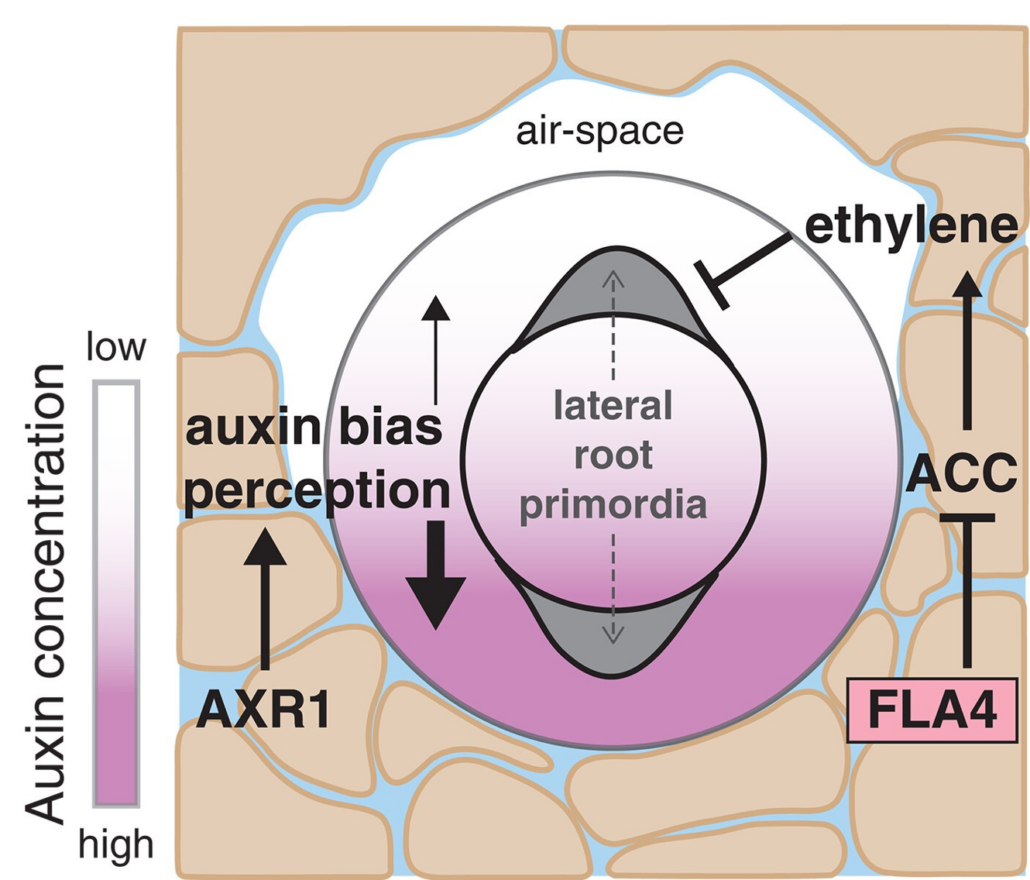
Diversity and genetic basis of hydropatterning in inbred maize lines
Plant Science Research WeeklyFor more than a hundred years, plant biologists have been fascinated by how plants sense and respond to environments that are spatially and temporally heterogenous. Many of these responses occur through the remarkable developmental plasticity of plant growth, such as phototropism and photomorphogenesis.…
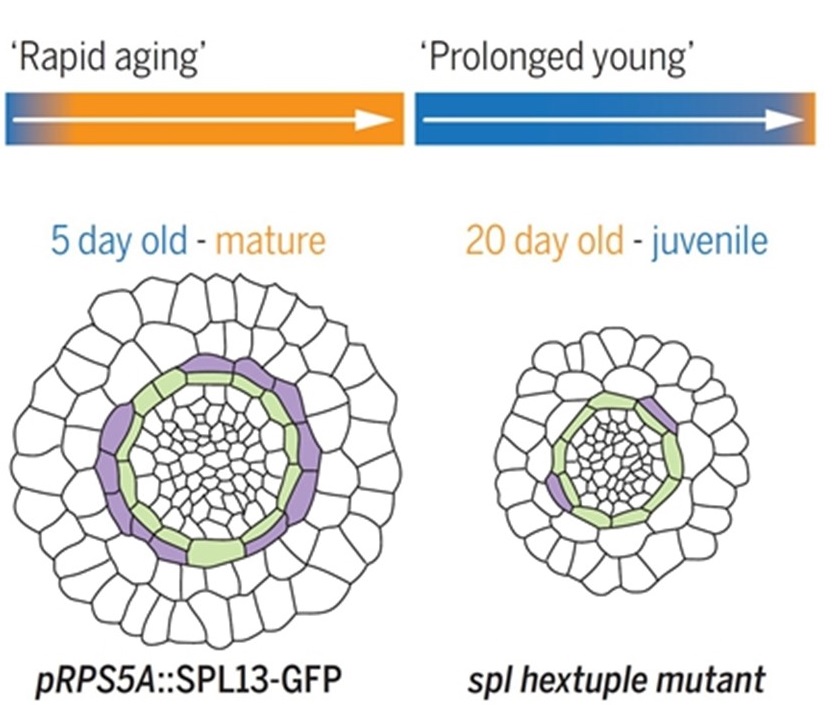
Key regulators of juvenile-to-adult phase change
Plant Science Research WeeklyThe precise control of cell division orientation drives plant 3D structure formation, enabling radial and longitudinal growth. The SPL pathway is closely linked to age-related processes in the shoot, driving the vegetative transition from juvenile to adult phases by regulating specific morphological…
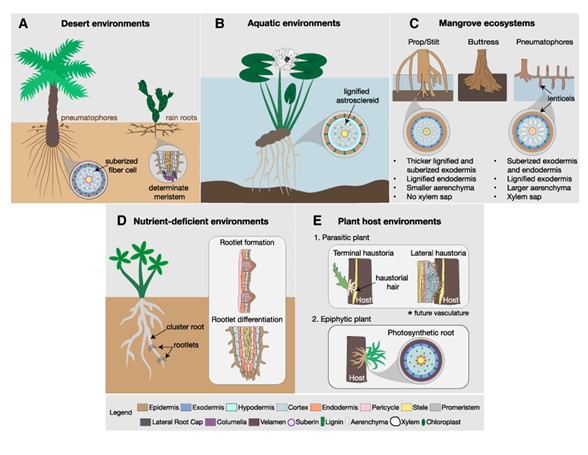
When form fits function: the value of root diversity to survival
Plant Science Research WeeklyFor a plant, form is function. Despite the diversity of forms that exist in nature, plant root diversity is notoriously understudied compared to their aerial counterpart. This review by Ramachandran and Ramirez et al. aims to revitalize the field of root form-function research by accentuating the vast…

Cambium secrets for vascular stem cell precision and adaptability
Plant Science Research WeeklyThe vascular cambium, a bifacial stem cell niche, generates xylem on one side and phloem on the other, driving wood formation—the largest reservoir of terrestrial biomass. This developmental system must balance producing two distinct cell types while maintaining a reservoir of stem cells. Key questions…
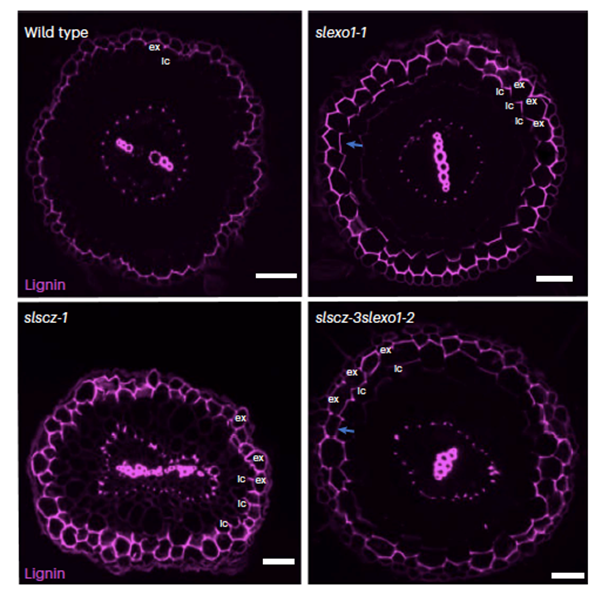
Regulation and function of a polarly localized lignin barrier in the exodermis
Plant Science Research WeeklyThe endodermal Casparian strip (CS) is a conserved lignin-based barrier in plant roots that seals the endodermal apoplastic space. Most angiosperms possess an additional root cell type, the exodermis, which also forms a barrier. However, its regulation remains poorly understood as this cell type is absent…
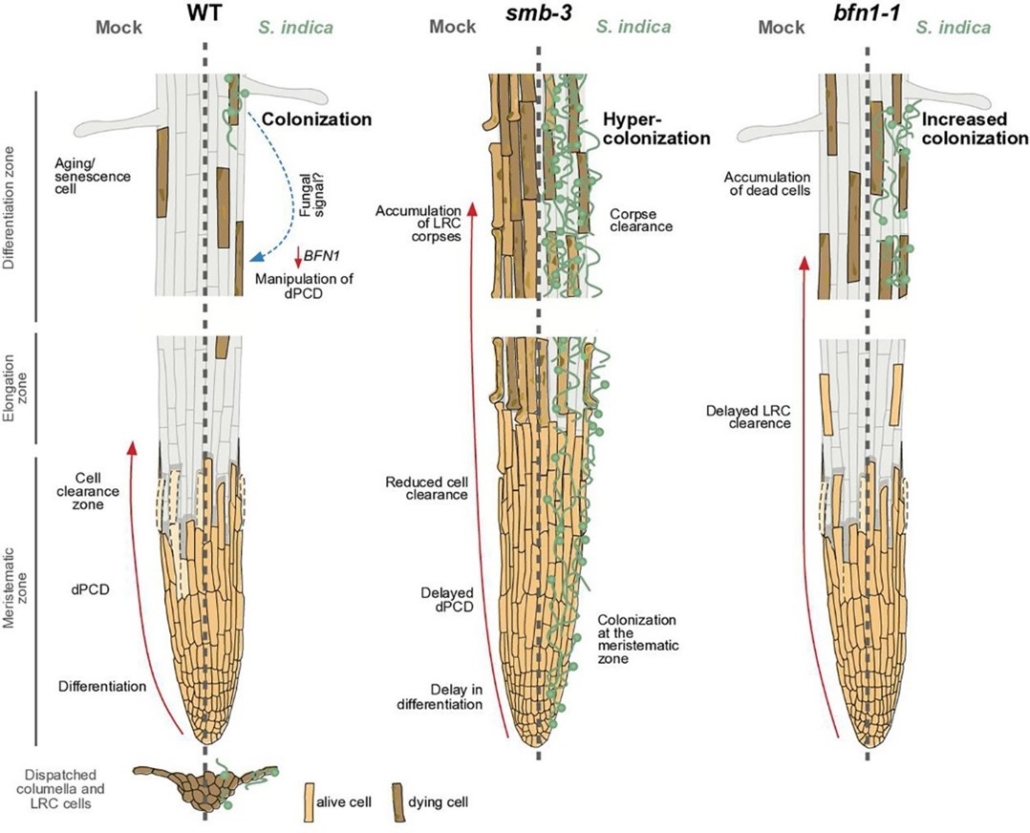
Capping your occupancy: programmed cell death as a mechanism to restrict microbial colonization of the root tip
Plant Science Research WeeklyThanks to the continued shedding and renewal of root cap cells, plant roots are able to extend into further reaches within the soil column overcoming physical barriers and potential microbial attacks, or so we assumed. Charura et al. explored the latter hypothesis showing that timely programmed cell…
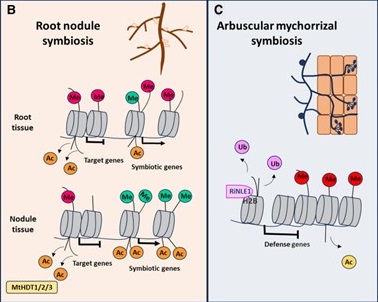
Review: Root development and symbiosis: an epigenetic perspective
Plant Science Research WeeklyRoots do not grow in isolation but occupy a space inhabited by a variety of organisms. With certain fungi and bacteria, they form partnerships or symbiotic relationships that increase the plant’s nutrient uptake and assimilation. While the knowledge on the genetic programs required to establish these…
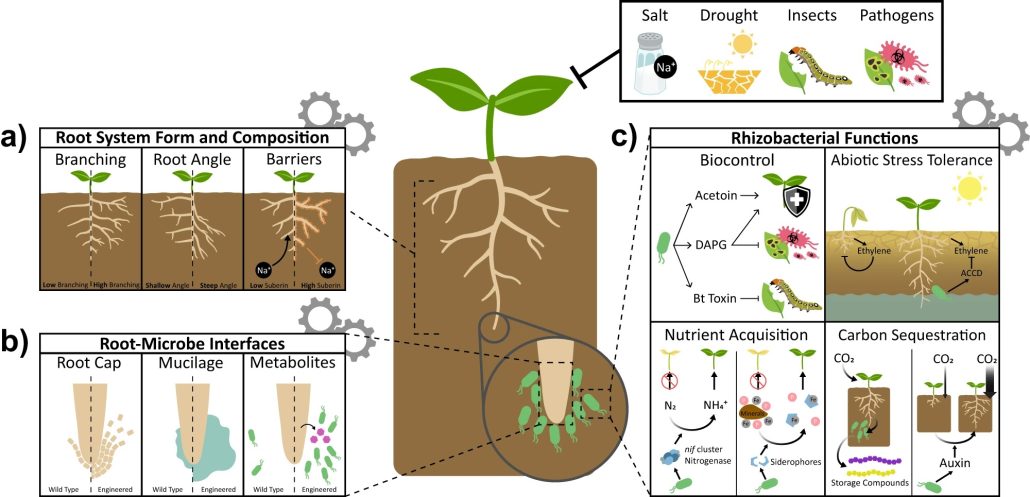
Review: SynBio takes on roots and the rhizosphere
Plant Science Research WeeklyThis is an excellent introduction to how synthetic biology can be used to program plants for climate resilience by engineering them to respond predictably and in ways beyond those that evolution has explored, through the use of controllable synthetic gene circuits. Ragland et al. describe how precise…
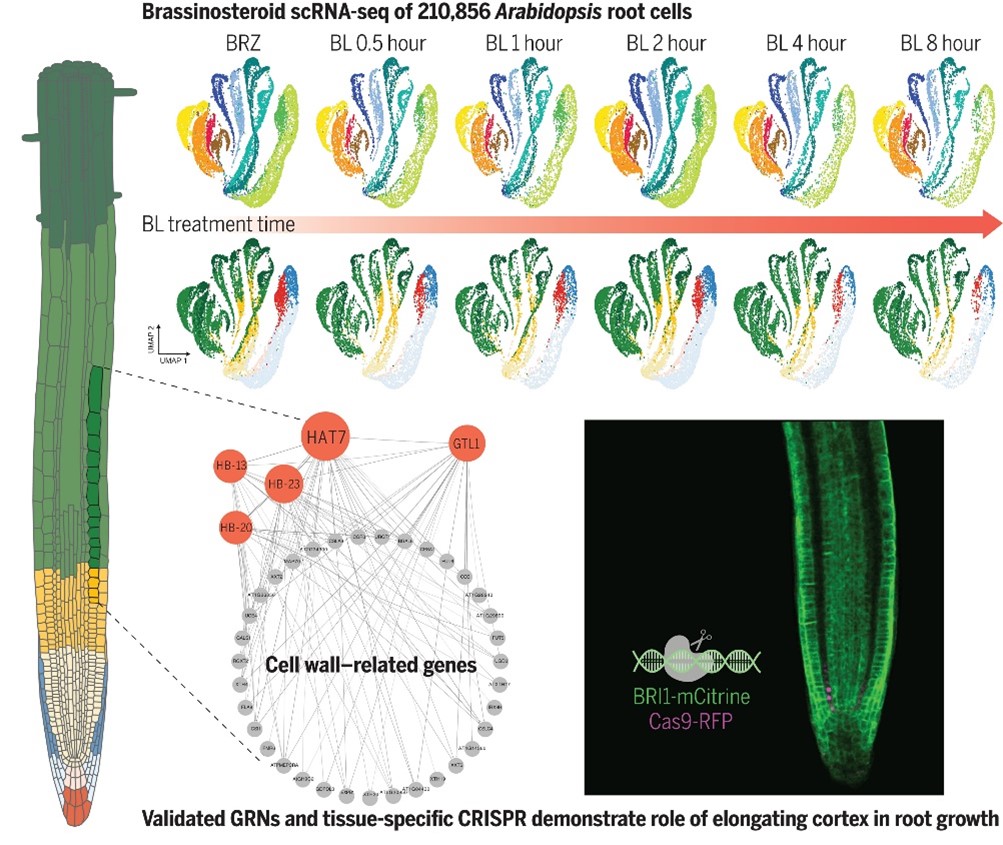
Uncovering the brassinosteroid gene regulatory networks in Arabidopsis root using single-cell RNA sequencing
Plant Science Research WeeklyBrassinosteroid hormones regulate root growth and development by controlling cell division and elongation. However, it has been unclear why and how root cells with different identities and developmental stages respond to brassinosteroids differently. Nolan et al. used cutting-edge single-cell RNA sequencing…

